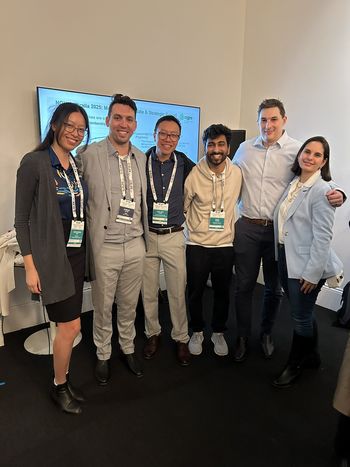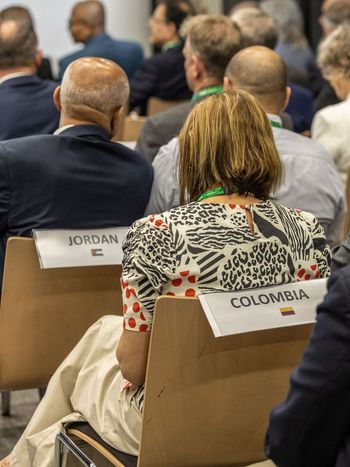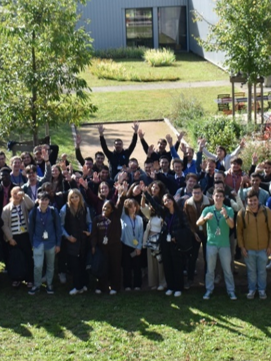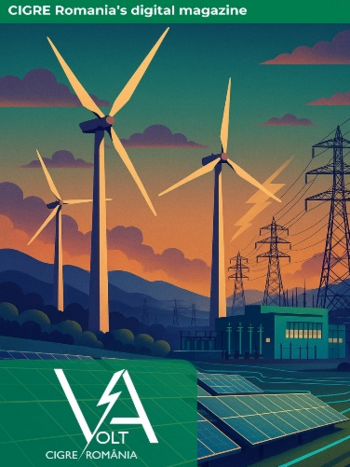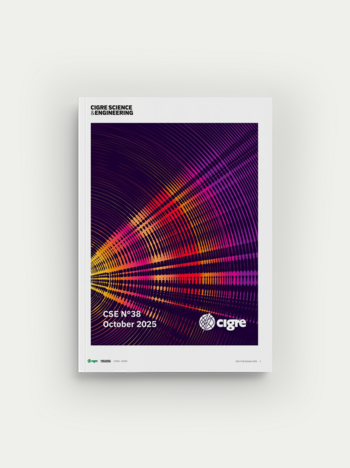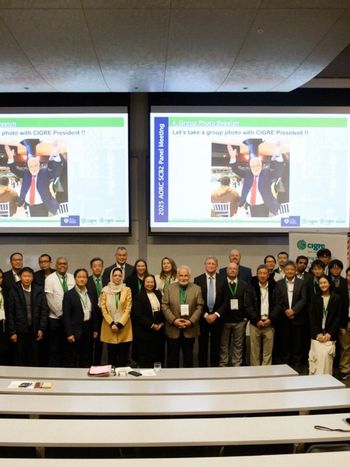CIGRE 2025 Trondheim Symposium: Final Report
Changes needed in the Power System for the Energy Transition

The International Symposium with the theme Changes needed in the Power System – for the Energy Transition was hosted by the Nordic Regional Council of CIGRE (NRCC) 12-14th of May 2025, in Trondheim, Norway. 11 of the 16 CIGRE Study Committees took part in the Technical Organising Committee of the Symposium, with SC B1 and C4 as co-chairs. About 900 delegates from 45 countries were registered to the event (Symposium, Working Group, Steering Committee, Technical Council meeting) and almost 700 took part in the Symposium.
16 Workshops and Tutorials were presented on the first day of the Symposium from all areas of the participating Study Committees.
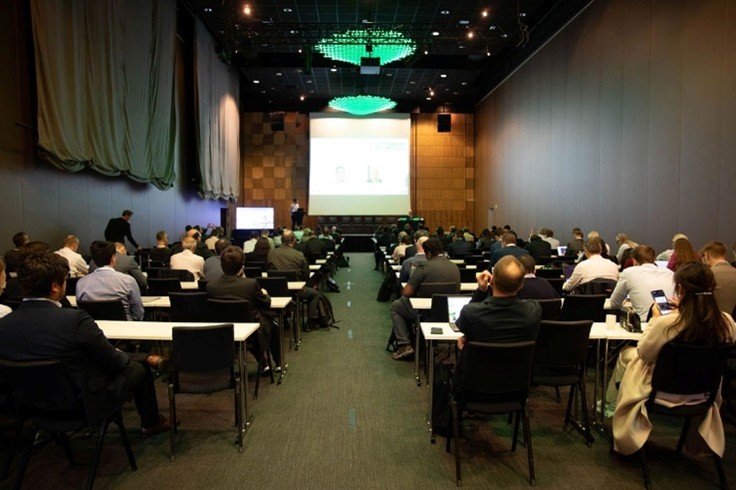
Tutorials and Workshops were presented during the first day of the CIGRE NRCC Symposium
Some of the topics presented were:
- SC A3/B5 Modern instrument transformers for protection applications
- SC B1 Condition evaluation and Lifetime Strategy of HV cable systems
- SC B2 Forecasting dynamic thermal line ratings
- SC B3 Review of substation busbar component reliability
- JWG C1/B4.49 Offshore transmission planning
- SC C4/C2 Recent advancement in technology and applications of Synchrophasor measurements
- SC C3 Best environmental and socio-economic practices for improving public acceptance of high voltage substations
- SC C6 DSO Tools and practices for operating active distribution network
- SC D2 Cybersecurity perspectives on regulation, standard and technical developments.
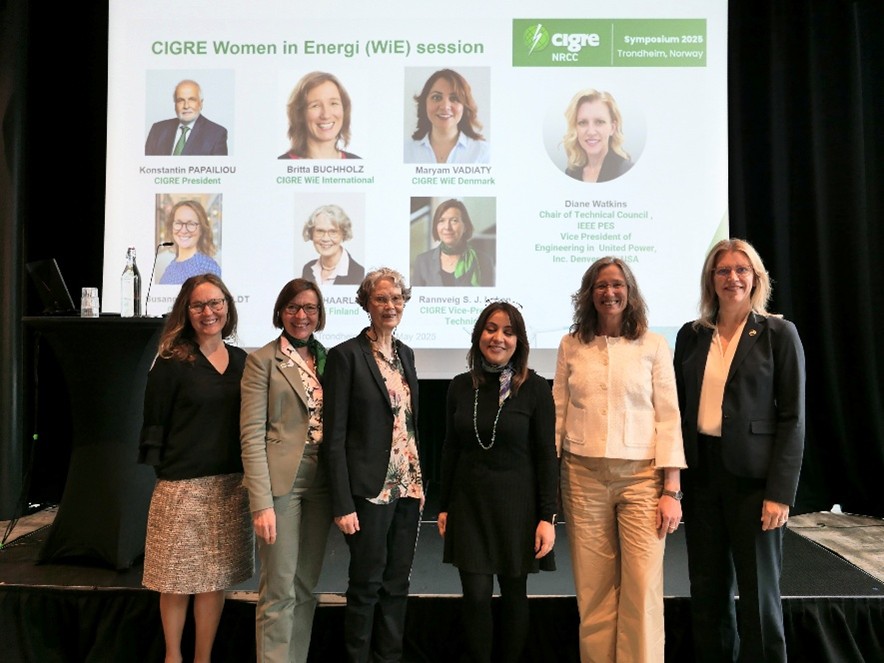
Women in Energy (WiE) session
Women in Energy (WiE) had a session where they shared their experience to inspire and motivate women in energy by helping to provide links to global thought leaders and role models, see picture 2.
The CIGRE NRCC Symposium was Opened Tuesday 13th of May by Rannveig Løken, Chair of the CIGRE Symposium Organizing Committee, with an overview of the program and an applause for the technical organizing committee and to all other involved in the organizing of the Symposium.
CIGRE President Konstantin Papailiou introduced the Ad-hoc panel and Javier Iglesias from CIGRE National Committee of Spain gave some feedback related to the Blackout in the Iberian Peninsula 28 April 2025. Javier Iglesias explained that the precise causes and circumstances of the event were under investigation at European level, and gave his apologies for not providing more information at this moment. He explained in detail the chronology of the event and the record breaking restoration process. Marcio Szechtman, former CIGRE Vice-President Technical from Brazil, then gave some feedback related to the Brazilian Interconnected Power System event 15th August 2023. Marcio Szechtman informed that this blackout was already analysed, and that the information was shared during the CIGRE Paris session in 2024. Rannveig S. J. Løken, Vice-President Technical closed by inviting the audience to attend the Large-disturbance workshop during the CIGRE Paris Session 2026.
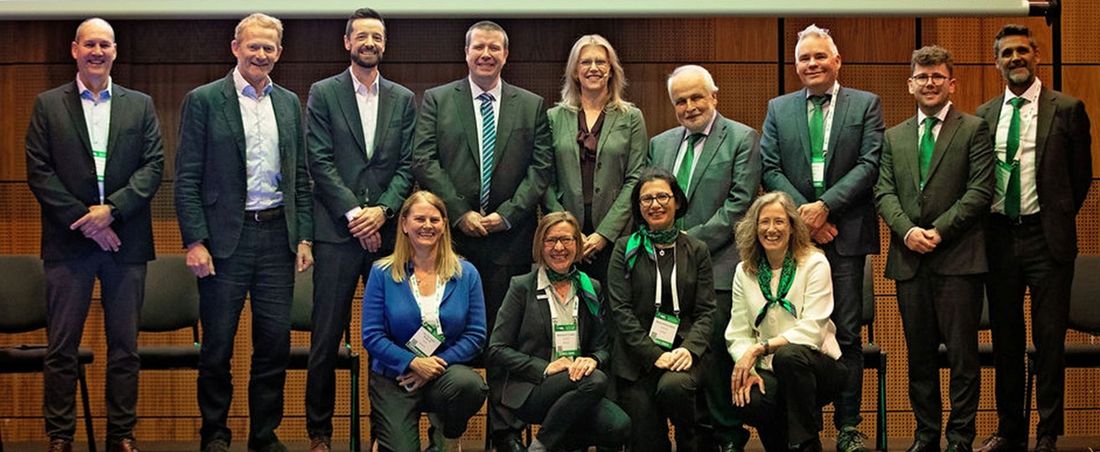
The opening of the CIGRE NRCC Symposium including opening panel
The next part was the opening panel where Marta Val Escudero, Chair SC C4 and Geir Clasen, Chair SC B1 co-chaired the session. The topic of the opening panel was Changes needed in the Power System – for the Energy Transition. Changes needed to increase resilience of power systems was the first topic that was addressed. The feedback from the panel was that the changes in the energy system affect technical behavior, operation and grid planning. It is important to have observability of the system, understanding and proper models of the power system. This is important but challenging. Wrong models of operation and behaviour of consumption will lead to less resilient grid. The next topic to be discussed was the Changes needed in Transmission. The panel agreed that the term “No transition without transmission” is a good statement. There is a need to look at the supply chain, both related to capacity and price. It is important to have a close cooperation and develop solution together between vendors and utilities. The grid should be considered as a system with a focus on resilience and preparedness. The last topic was related to bridging the skills gap and the panel stated that there is a need for a skilled workforce for the energy transition. It is important to have engagement with young people and inform them that they can help solve some of the challenges by working with the real-life challenges in our community. Members from the CIGRE community can help to mentor young people and bridge the skill gap. It is important to engage with people early by visiting schools, make short videos on social media. Picture 3 shows all the participants of the opening session.
CIGRE Next Generation Network (NGN) held a session on Tuesday where young people taking part in the symposium shared experiences, see picture 4 from the NGN session.
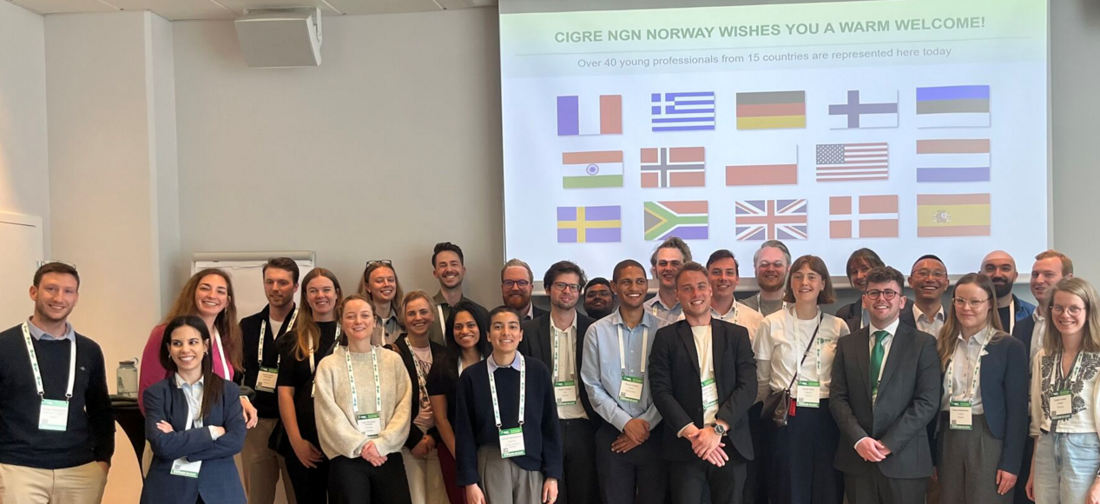
CIGRE Next Generation Network (NGN) session
All symposium papers were presented during five parallel technical sessions over two full days, on Tuesday 13th and Wednesday 14th of May.
SC A3 sessions concluded that the failure frequency statistics underscored CIGRE's central role in independently and neutrally collecting failure data. Condition assessment is crucial to ensuring reliability, even in demanding installations. New developments in instrument transformers and in advanced measurement systems for HV applications was also discussed.
SC B1 sessions discussed integration of renewable energy resources to the grid, technologies supporting the power grid for energy transition to carbon neutral energy production, there were also discussions related to cable design, cable mechanics, DC cables, temperature prediction and commissioning testing.
SC B2 sessions discussed how vibration measurements could influence damper system, corona performance of conductor types, accuracy of the Laser Sag Meter (LSM) in harsh weather, and corrosion between the polymeric core and aluminium layer.
SC B3 sessions highlighted new concepts in substation application such as axillary power and partial discharge monitoring techniques, new concepts in offshore substation application such as floating substation platforms as well as design and testing of structures and equipment for motion and vibration.
SC B4 sessions discussed the growing need for validated modelling, digital twins, grid-forming control strategies, standardized design practices, and reliability-oriented engineering across all system layers. For HVDC projects, early coordination between system designers, manufacturers, and operators is essential to ensure integration and long-term resilience.
SC B5 session the gaining importance of Machine Learning and Data Analysis in for protection and control applications was highlighted, the asset management of PACS and the time distribution aspects have been discussed, failure modes of LPIT and the associated repair capacities was discussed, closely collaborate with protection relay manufacturers to develop new protection algorithms, request to protection engineer to perform a detailed study for each use case in order to optimise protection schemes and settings.
The joint session between SC C2 and C4 discussed some interesting and crucial requirements to keep ensuring a reliable and stable power grid in the future. Such requirements focused on the need for system operators to identify and quantify the future power system needs, the role that large energy users can play in the future power grid and the need to have academic research aligned more to the needs of the industry.
SC C3 session was related to integrating sustainability criteria into network planning, project design, the discussions covered aspects related to design of towers, eco-design, common agreements between TSO about circular economy, and requesting information for manufacturers.
SC C4 session on Instability and Oscillations in Inverter Dominated Power Systems highlighted the significant research and development efforts focused on ensuring the stability and reliable operation of future power systems with a high share of inverter-based resources. The discussions underscored the need for advanced analytical tools, standardized methodologies, enhanced industry collaboration, and innovative control and technological solutions. A session on Dynamic Performance of Power Systems in the Energy Transition emphasized the importance of aligning performance targets, grid codes, and testing protocols with the realities of a converter-dominated power system. Cross-committee collaboration, for example with C1 (system development) and C2 (operations), will be critical to ensure that stability requirements evolve in step with ongoing grid transformation. A session on Power Quality, Transients and EMC Challenges in the Energy Transition addressed various challenges and solutions related to power quality, transients, and electromagnetic compatibility (EMC) in the context of the energy transition. The session on Enhanced Models and Simulation Capabilities for Inverter-Dominated Power Systems examined the increasing importance of ensuring model validation and accuracy, which are essential for reliable stability monitoring and coherent planning and operational decision-making. The session on Enhanced Solution Methods for Analysis of Modern Power Systems covered sub-synchronous resonances torsional interaction (SSR-TI), power oscillator damping design, Inverter-based resources (IBR) short circuit calculations, reliability analysis, voltage stability and optimal reactive power flow.
The joint B4/C4 Session “Grid Forming, analysis methodologies” discussed the emerging need for advanced converter controls, termed grid forming (GFM), to ensure the stability in converter-dominated power systems, for enhancement of power system dynamic stability, performance of different GFM control strategies as well as performance when applying GFM controls on the both sides of HVDC tie-lines vs just one side. Other topics of discussion at this session included functional requirements, performance verification and acceptance criteria for GFM devices and small signal modelling and analysis of IBRs with GFM controls.
SC C6 session discussed the challenge Distributed Energy Resources (DERs) pose in the power distribution network as well as the opportunities they offer. Concrete practical experiences explored lessons from large scale deployment of DERs as well as studies of opportunities and challenges of operating the power distribution network with DERs. Topics related to applications include optimizing microgrid efficiency, Protection of Microgrid Battery Energy Storage System (BESS) applications in Microgrid, Resilient Energy Storage Operation, using DER applications for loss reduction, Resilient Microgrids by using BESS, an overview of BESS and their separation, and models for future trends. Topics related to integrating distributed energy resources (DER) into active distribution systems, with overview of electricity markets and their separation, models for future market development, market flexibility, sector coupling possibilities, hydrogen as an energy carrier, the utilization of data from smart meters, and innovative data-driven methods for power system modelling.
SC D2 session discussed Cybersecurity threat landscape in electric power utilities (EPU), OT cybersecurity in electric power utilities, Digital twins, Artificial Intelligence for the power industry, Oher advances and technologies, legacy Time Division Multiplexing (TDM) network replacements, Wireless and cellular technologies, Cyber-security in Telecommunications, and AI in Telecommunications.
All material from the CIGRE NRCC Symposium, including detailed summaries from all SC's will be available at eCIGRE in September 2025.
Thank you for taking part in the NRCC Symposium in Trondheim!
We look forward to meeting you again at another CIGRE event. You are welcomed to take part in the CIGRE Symposium in Montreal and CIGRE Paris Session 2026.
Thumbnail & banner credit: Photo by Louis Droege on Unsplash

